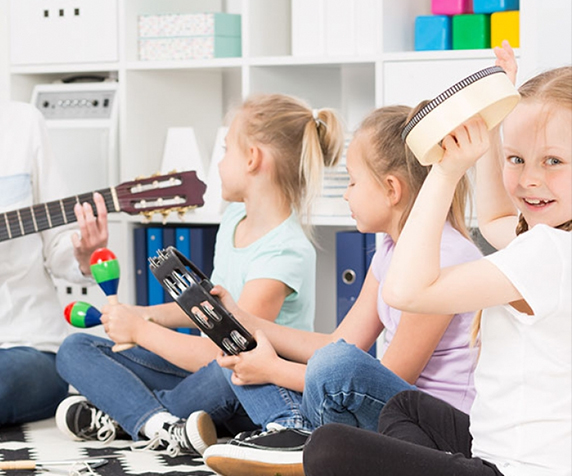Playing instruments together with peers on playgrounds is an important step in the musical education of every child. Such installations offer several possibilities of creative search, as well as free experimentation with sound and melody. Music is also an excellent outlet for emotions and helps one cope with stress. This extremely positive way to “boost your stamina” also leads to improved coordination as the whole body is very often involved in having fun with instruments.
Spontaneous music-making develops creative potential in children, improves their movement coordination and auditory memory.
Music shapes several elements of vital importance for children’s development such as creative imagination, divisibility of attention and cognitive skills. It develops independent thinking, decision-making abilities and builds communication skills, which are particularly visible during fun and games with peers. Playing instruments together and music-making in a group creates bonds with other children, as well as teaching teamwork and interaction to achieve a set goal. These early experiences pay off later at school and in adult life.
Playing a musical instrument or singing has a great impact on the development of the child’s intellect, later learning outcomes, including foreign languages, and consequently, functioning in adult life. Experts recommend playing music with the youngest children, even though this may be just playing cymbals or the tambourine. The earlier you start, the sooner you will see results, which will give the children additional tools for proper development.
From the age of 5–6 children demonstrate dynamic development. Owing to the spontaneous play with instruments, the children focus on the sounds, their strength and the simple melody they create themselves. They tend to experiment, and every success increases their self-esteem. Music shapes their emotionality and sensitivity, and the experience they gain improves their attention and auditory memory.

